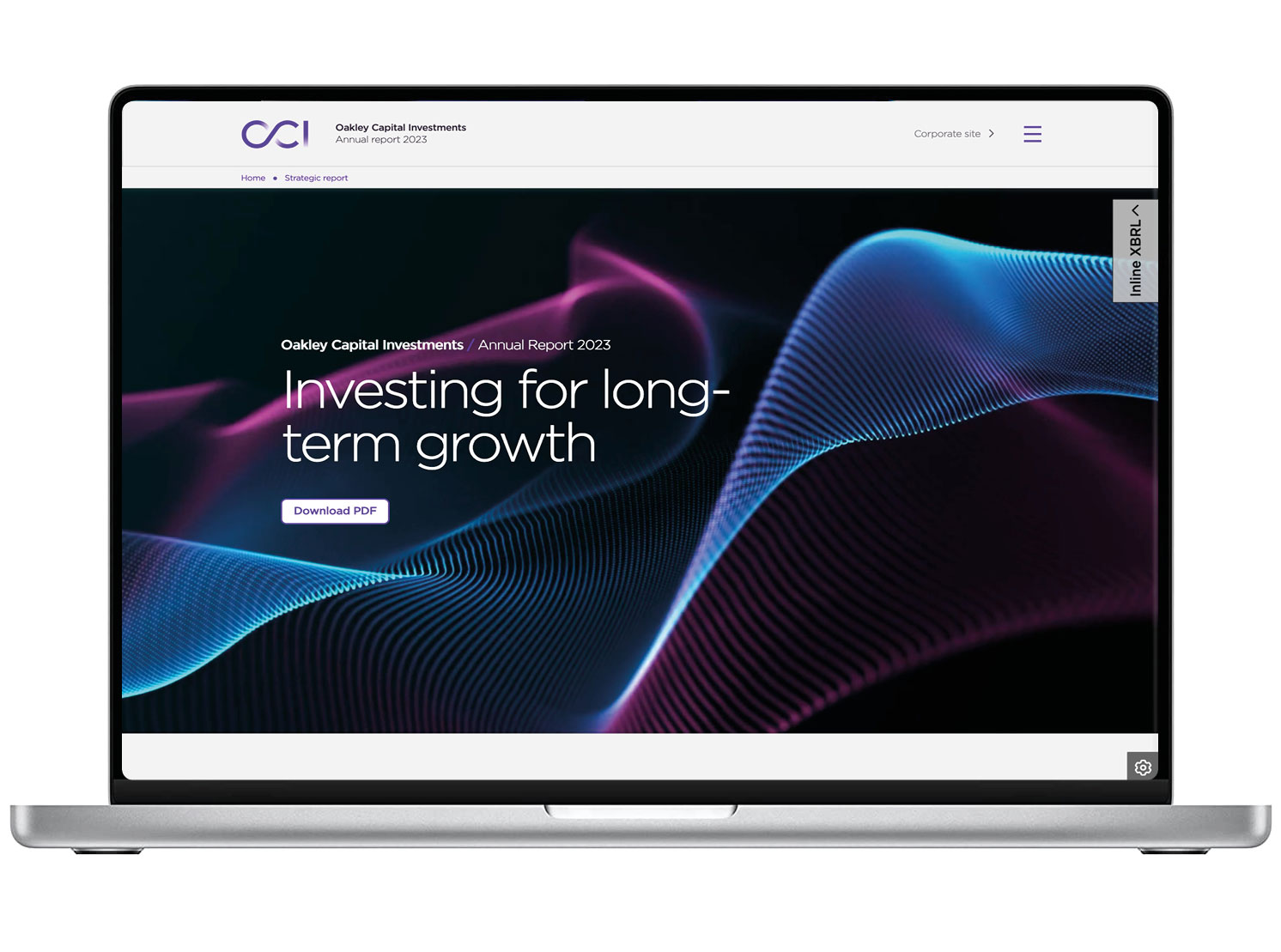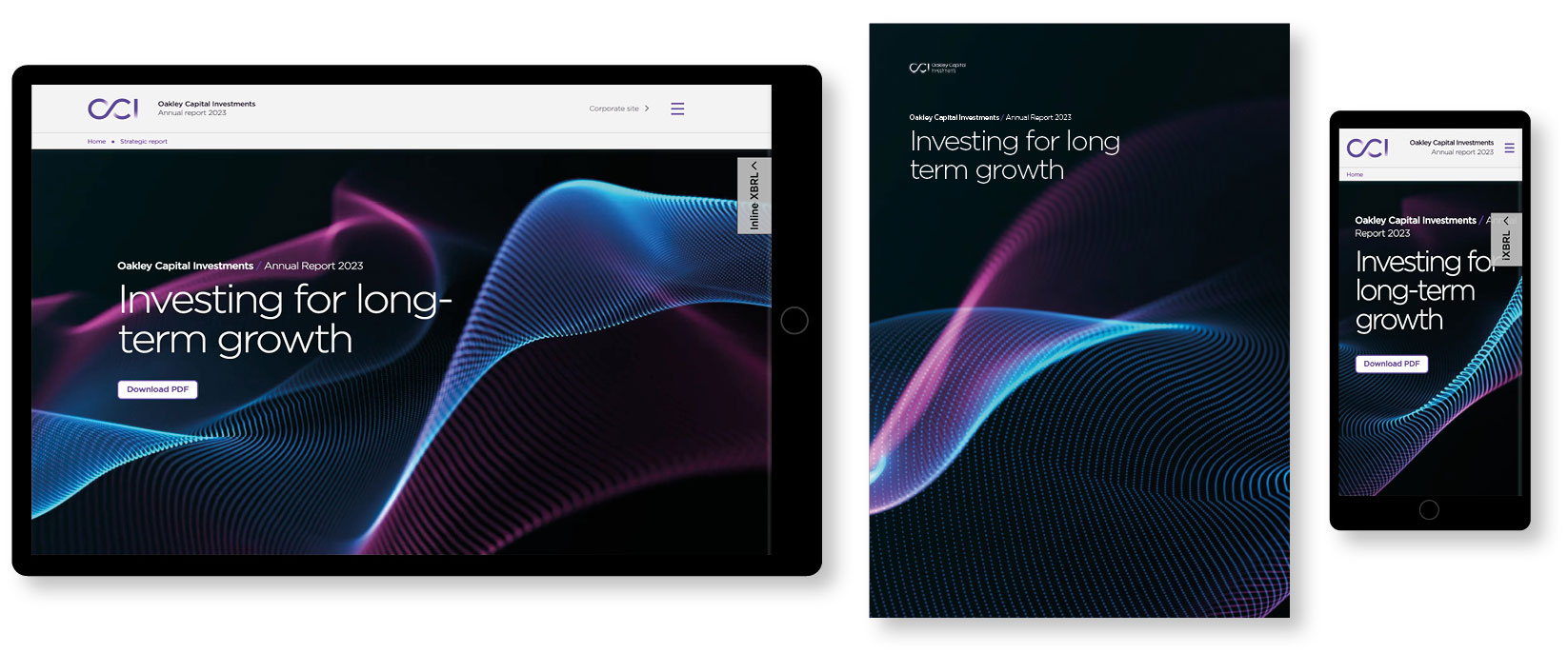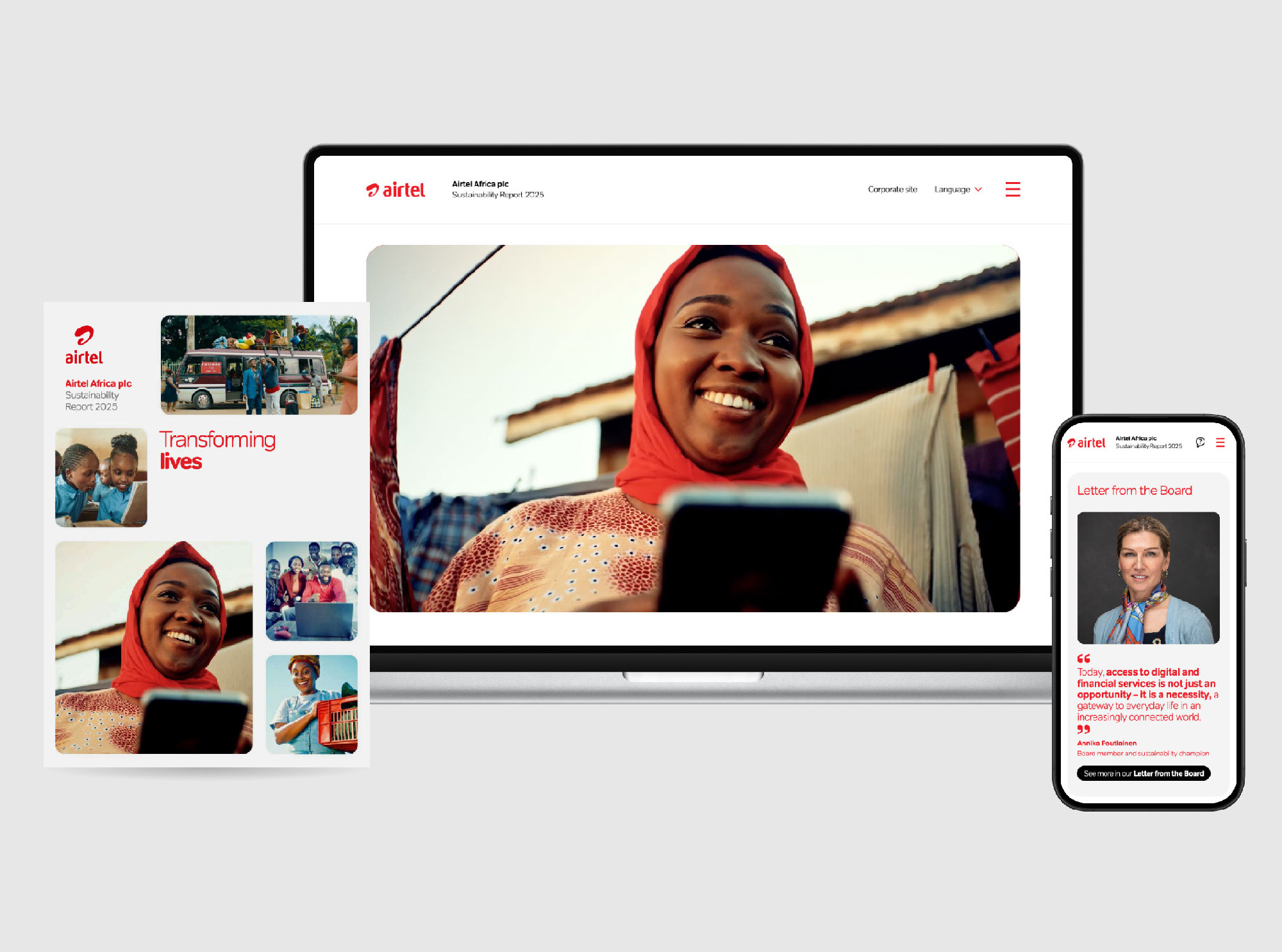Corporate reporting is digitising – are you?
As print reporting reduces and digital regulation expands, new software offers fully compliant and engaging multi-format reporting. Rob Riche asks whether it is time you started planning for digital-first reporting.


Author: Rob Riche
Digital reporting is here. It’s taken 30 years but with advances in regulations and software, reporting is finally catching up with the web. We are now seeing innovative reporters begin the shift to digital-first, multi-format reporting.
Why does the digital format matter?
Firstly, because digital is mandatory under the European Single Electronic Format (ESEF) regulation. Secondly, because when it’s done well, it delivers more engaging and accessible reporting for everyone, and is better for machine and artificial intelligence (AI) analysis.
So why aren’t today’s ESEF reports delivering on this?
The answer is simple. Print and PDF software was never built to create digital reports.
When it’s done well, the digital format delivers more engaging and accessible reporting for everyone, and is better for machine and AI analysis.
As we outlined in the Winter 2023/24 edition of Informed, PDF is a great format and it will remain an important version of the report. But the process of converting a print-based PDF to the digital format delivers unusable online reports. To comply with evolving digital regulations and deliver improved engagement, reporting will need to shift from print software to digital tools.
Why go digital first now?
Advances in software are now transforming reporting, making it more compliant, engaging, efficient and cost effective than legacy print software. Regulators are now advising companies and agencies to move to digital solutions.
As the Financial Reporting Council says, “The mandatory format is meant to be like the web, not like print or PDF. Companies are missing out on digital opportunities.”
Specialist agencies (like Friend Studio) are now offering full digital-first reporting software, which delivers many benefits for both companies and stakeholders.
Key takeaways
1. The shift from print to digital software has started
We recommend planning ahead as it can take time to change processes.
2. Embrace the digital reporting opportunity
With the latest software you can produce PDF, print, online and filings all in one.
3. Comply with regulatory guidance
The mix of new regulations is complex, but the FRC has created excellent guidance on how to prepare.
4. Comply with accessibility regulations
Accessibility is important for inclusion, ensuring that your reporting meets the needs of all users on all devices. It is easy to do with digital-first reporting software.
5. Remember that CSRD is a digital format (not PDF)
Plan ahead to deliver engaging, interactive and compliant digitalsustainability reporting.
6. Seek expert support
Digital reporting compliance is evolving and complex. Specialist digital reporting agencies are there to make it simple.
User analytics data (March to May 2024)
2023
7,365
Online report views
(digital-first iXBRL)
2022
567*
Online report views
(PDF-based, interactive non-iXBRL)
1,100
PDF downloads
(digital-first)
89
PDF downloads
(print-first)
*2022’s online report data cannot be precisely tracked because it is PDF-based, not digital. The 2022 data was extrapolated from analysis of both 2022 and 2023 data.

Oakley Capital’s 2023 annual report online, on mobile and in print.




